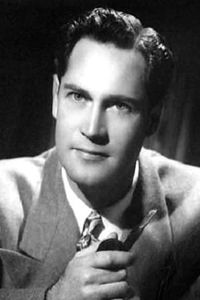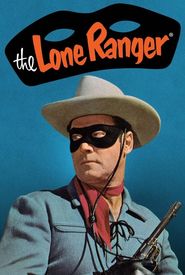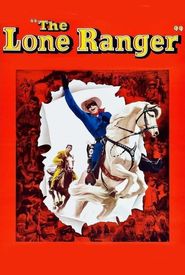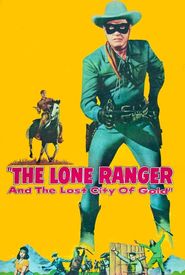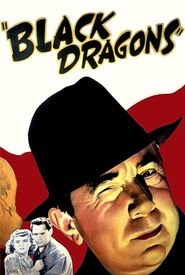Clayton Moore grew up in Chicago, Illinois, where his father wanted him to become a doctor. However, Clayton had visions of something more glamorous and pursued a career in gymnastics, joining the trapeze act The Flying Behrs at 19. During the 1934 Chicago World's Fair, he performed in the position of catcher.
After performing in the trapeze act, Clayton was signed by the John Robert Powers modeling agency and enjoyed a print career in NY for several years. In 1938, he moved to Hollywood and entered films as a bit player and stuntman. In 1940, his agent Edward Small suggested he change his first name from Jack to Clayton.
Clayton began working in serials, eventually becoming King of the Serials at Republic Studios, starring alongside Buster Crabbe. He also worked in many B westerns, earning his acting chops alongside Roy Rogers, Gene Autry, and Jay Silverheels.
During World War II, Clayton entered the military, was stationed in Kingman, Arizona, and assigned entertainment duties, including the production of training films. While in Arizona, he proposed to his future wife Sally Allen, who accepted and joined him for the balance of his enlistment.
After the war, Clayton returned to supporting roles, focusing on westerns. His turn as Ghost of Zorro in 1949 caught the attention of the radio's Lone Ranger producer, George W. Trendle, who was casting the lead role for the new television series.
After the interview, Trendle offered Clayton the role of the Lone Ranger, and Clayton replied, "Mr. Trendle, I AM The Lone Ranger." The premiere episode aired on ABC on September 15, 1949, and was the first western specifically written for television.
Clayton starred in television's The Lone Ranger from 1949-1952 and 1953-1957. He was replaced by John Hart for one season due to a salary dispute, but was hired back at a higher salary and remained as The Lone Ranger until the series ended in 1957, after 169 episodes.
Clayton continued to make commercials and personal appearances as "The Lone Ranger" for the next three decades. He recited The Lone Ranger Creed, which he deeply believed in, and his image was never tarnished by personal scandals.
In 1978, a court order was obtained to stop Clayton from appearing in public as "The Lone Ranger" due to a new big-screen movie of the popular hero. However, after Jack Wrather's death in 1984, his widow allowed Clayton to continue appearing as the masked man.
Clayton's legacy to the entertainment industry and western film genre has been cemented with the installation of his legendary mask in the Smithsonian, his star on Hollywood's Walk of Fame, and a United States Postage Stamp bearing his image alongside Silver.
